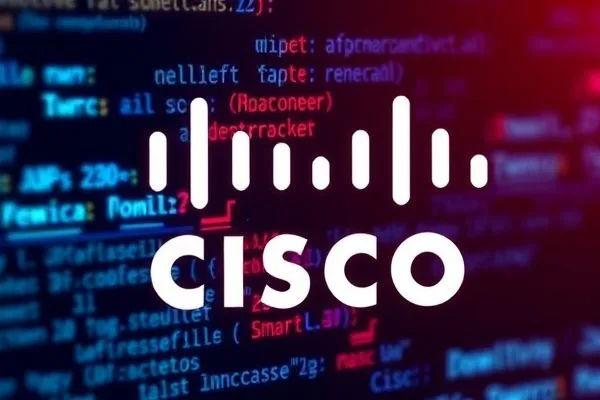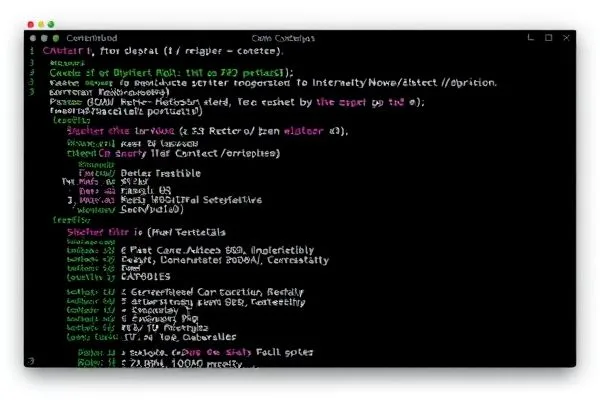Are your systems protected against the latest cyber threats? Recent findings reveal that two critical vulnerabilities in Cisco’s Smart Licensing Utility are being actively exploited. Understanding these vulnerabilities and ensuring that your organization applies necessary patches is crucial for safeguarding sensitive information.
\n
Key Takeaways:
\n
- \n
- Vulnerabilities identified: CVE-2024-20439 and CVE-2024-20440, both rated as critical with a CVSS score of 9.8.
- Active exploitation attempts detected, necessitating immediate patch application.
- Utilizing the latest 2.3.0 version of Cisco’s Smart License Utility provides protection against these vulnerabilities.
- Understanding the implications of flaws can strengthen an organization’s overall security posture.
\n
\n
\n
\n
\n
The identified vulnerabilities primarily stem from poor credential management and excessive logging practices. CVE-2024-20439 highlights a major concern with the existence of undocumented static user credentials that attackers can leverage to gain administrative access. This flaw is particularly alarming as it allows unauthorized users to access systems that should be secure. On the other hand, CVE-2024-20440 exposes sensitive data through verbose debug logs, which can be exploited via crafted HTTP requests. These logs can contain critical credentials to access APIs, posing a significant risk to organizations using affected versions of the software.
\n
Both vulnerabilities were addressed by Cisco in their patch released in September 2024. Notably, versions 2.0.0, 2.1.0, and 2.2.0 are particularly vulnerable, while version 2.3.0 is fortified against these issues. As of March 2025, reports indicate that several threat actors are capitalizing on these vulnerabilities to execute targeted attacks.
\n
In the context of ongoing cyber threats, applying these patches isn’t just advised; it’s essential. Cyber hygiene practices, such as regularly updating software and maintaining an updated inventory of your assets, can significantly reduce risk. Conducting routine security assessments to identify and rectify potential vulnerabilities can further bolster defenses.
\n
For organizations looking to prevent exploitation, investing in threat detection and incident response strategies can mitigate risks. Regular training sessions for employees on recognizing phishing attempts and the importance of secure credential management can drastically cut down on successful exploits.
\n
In light of these revelations, firms need to prioritize cybersecurity measures to safeguard their operations and intellectual property from potential breaches. Keeping abreast of the latest threats will not only enhance tactical responses but also reinforce overall cybersecurity resilience. For more information on active cybersecurity threats, consider reading about the CISA’s recent vulnerabilities catalog updates and shared responsibility model in cybersecurity. Learn additional security strategies via identity threat detection strategies.
\n









